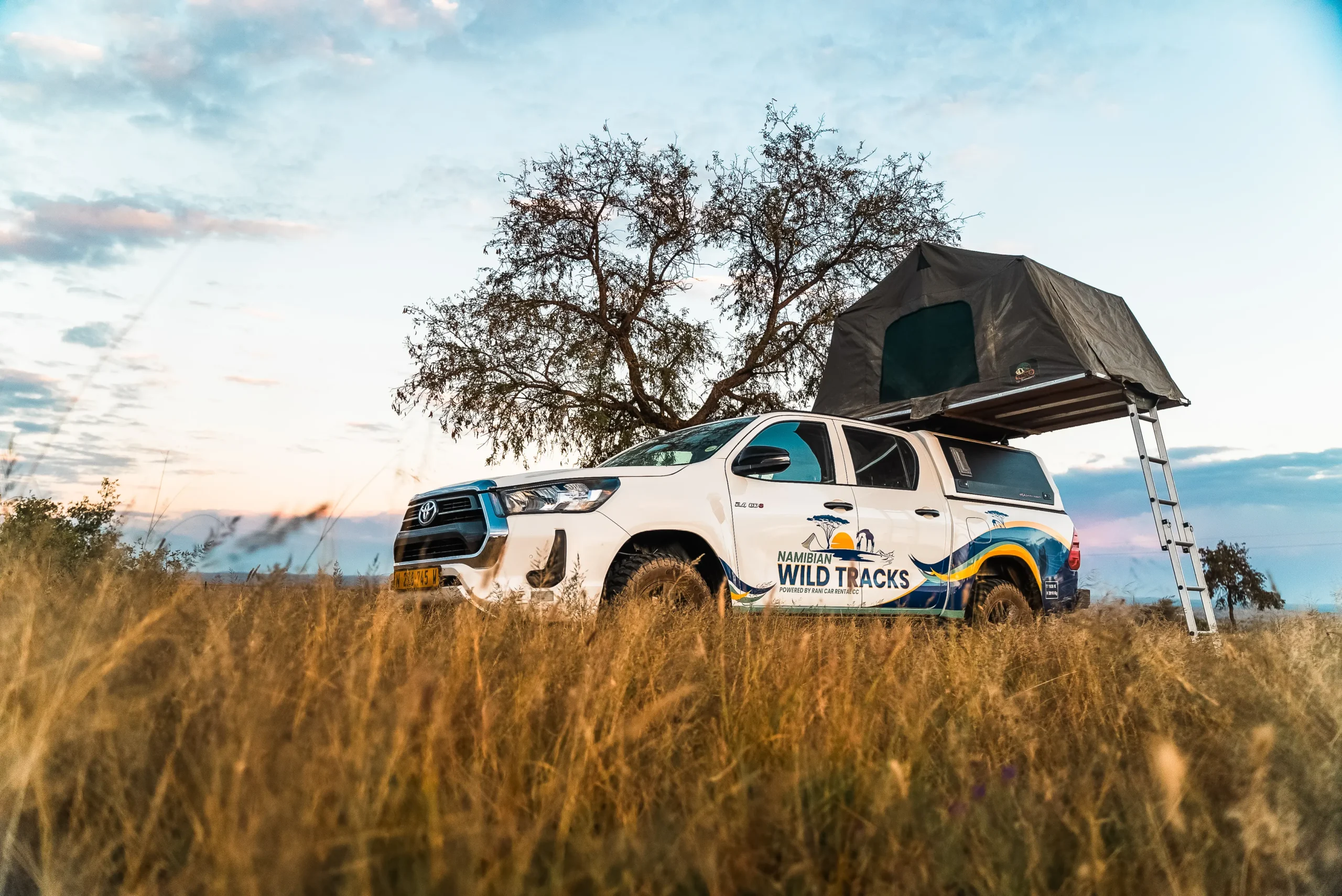
Namibia offers one of Africa’s most rewarding self-drive safari experiences. With its expansive landscapes, well-maintained road network, and rich wildlife, it is an ideal destination for travellers seeking independence and adventure. Whether you’re planning a route through Etosha National Park, exploring the remote Damaraland region, or venturing into the dunes of Sossusvlei, preparation is essential for a safe and enjoyable journey.
Here’s what you need to consider when planning a self-drive safari in Namibia:
A self-drive safari in Namibia typically requires a 4×4 vehicle, especially if your itinerary includes gravel roads, off-road tracks, or national parks. Vehicles should be equipped with:
At Namibian Wild Tracks, all our vehicles are maintained to meet these standards and can be tailored to suit your travel style—whether you’re camping or staying in lodges.
Namibia’s road infrastructure is extensive but varies in quality. Most highways and major routes are tarred and in good condition, while the majority of secondary roads are gravel. These gravel roads can be unpredictable, particularly after rain or in remote regions. Always drive with caution, reduce speed on loose surfaces, and avoid driving at night.
Distances between destinations in Namibia can be long, so it’s important to pace your journey and allow time for stops and unexpected delays. Consider:
Include rest days in your itinerary, especially if covering remote or rugged terrain.
Encountering wildlife is one of the highlights of a Namibian safari, but safety should always be a priority. When driving through parks like Etosha:
If camping in or near wildlife areas, be aware of animal activity and secure all food items properly.
A self-drive safari requires a level of self-sufficiency. Key items to bring include:
Many of our rental packages include optional extras such as fridges, satellite phones, and camping equipment.
If your route crosses into neighbouring countries such as Botswana or Zambia, ensure you have the correct vehicle documentation and permits. At Namibian Wild Tracks, we assist with cross-border arrangements and will provide the necessary support if your itinerary includes multiple countries.
Comprehensive travel insurance is strongly advised. It should include cover for vehicle excess, medical emergencies, and evacuation if needed. Our team provides 24/7 roadside assistance and can help arrange support in the event of a breakdown or emergency.